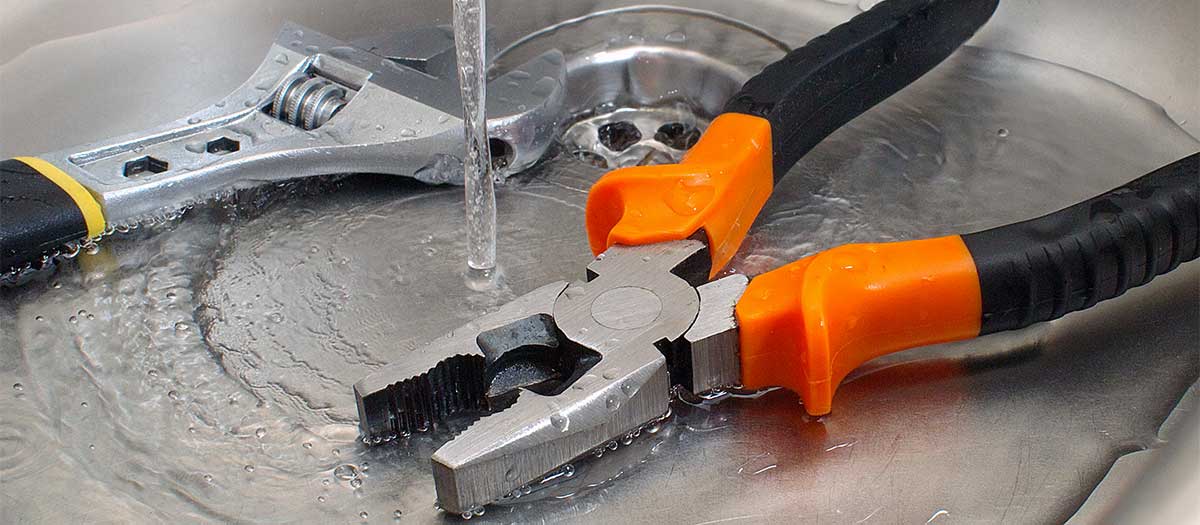Discover Concealed Water Line Leaks: 6 Tested Techniques for Spotting
Discover Concealed Water Line Leaks: 6 Tested Techniques for Spotting
Blog Article
Listed here below you will find more superb information around Detecting hidden plumbing leaks.

Early discovery of leaking water lines can minimize a potential disaster. Some little water leaks may not be visible.
1. Examine the Water Meter
Checking it is a surefire way that helps you uncover leaks. If it moves, that suggests a fast-moving leak. This implies you may have a slow leakage that can also be below ground.
2. Examine Water Intake
Analyze your water costs as well as track your water usage. As the one paying it, you must discover if there are any discrepancies. If you find sudden changes, despite your consumption coinciding, it suggests that you have leakages in your plumbing system. Keep in mind, your water bill should drop under the very same array on a monthly basis. An unexpected spike in your expense indicates a fast-moving leakage.
On the other hand, a steady rise each month, despite the same habits, reveals you have a sluggish leakage that's likewise slowly rising. Call a plumber to extensively examine your residential property, particularly if you feel a cozy area on your flooring with piping underneath.
3. Do a Food Coloring Test
When it comes to water consumption, 30% comes from commodes. If the shade somehow infiltrates your bowl throughout that time without flushing, there's a leakage in between the tank as well as dish.
4. Asses Outside Lines
Don't fail to remember to inspect your exterior water lines too. Test spigots by connecting a yard tube. Must water permeate out of the link, you have a loosened rubber gasket. Replace this and guarantee all links are limited. It will certainly help get it skillfully checked out and also kept annually if you've got a sprinkler system. One tiny leak can squander tons of water and surge your water expense.
5. Inspect and Assess the Scenario
Property owners ought to make it a behavior to examine under the sink counters and also also inside cupboards for any type of bad odor or mold development. These 2 red flags show a leakage so prompt attention is required. Doing routine inspections, even bi-annually, can conserve you from a significant trouble.
If you know your home is currently old, keep a watchful eye on your heating systems, pipes, pipes and so on. Look for discolorations and also weakening as the majority of pipelines as well as home appliances have a life expectancy. They will certainly likewise naturally weaken because of damage. If you suspect dripping water lines in your plumbing system, don't wait for it to rise. Call a specialist plumber right away so you do not wind up with an awful mess in your home.
Early detection of leaking water lines can minimize a prospective calamity. Some tiny water leakages might not be visible. Inspecting it is a proven way that helps you uncover leakages. One little leak can lose tons of water as well as increase your water costs.
If you suspect dripping water lines in your plumbing system, do not wait for it to escalate.
WARNING SIGNS OF WATER LEAKAGE BEHIND THE WALL
PERSISTENT MUSTY ODORS
As water slowly drips from a leaky pipe inside the wall, flooring and sheetrock stay damp and develop an odor similar to wet cardboard. It generates a musty smell that can help you find hidden leaks.
MOLD IN UNUSUAL AREAS
Mold usually grows in wet areas like kitchens, baths and laundry rooms. If you spot the stuff on walls or baseboards in other rooms of the house, it’s a good indicator of undetected water leaks.
STAINS THAT GROW
When mold thrives around a leaky pipe, it sometimes takes hold on the inside surface of the affected wall. A growing stain on otherwise clean sheetrock is often your sign of a hidden plumbing problem.
PEELING OR BUBBLING WALLPAPER / PAINT
This clue is easy to miss in rooms that don’t get much use. When you see wallpaper separating along seams or paint bubbling or flaking off the wall, blame sheetrock that stays wet because of an undetected leak.
BUCKLED CEILINGS AND STAINED FLOORS
If ceilings or floors in bathrooms, kitchens or laundry areas develop structural problems, don’t rule out constant damp inside the walls. Wet sheetrock can affect adjacent framing, flooring and ceilings.
https://www.servicemasterbyzaba.com/blog/how-to-detect-water-leakage-in-walls/

We were brought to that article on Top leak detection hacks from an associate on another site. Sharing is nice. Helping people is fun. Thank-you for going through it.
Best decision? Contact. Report this page